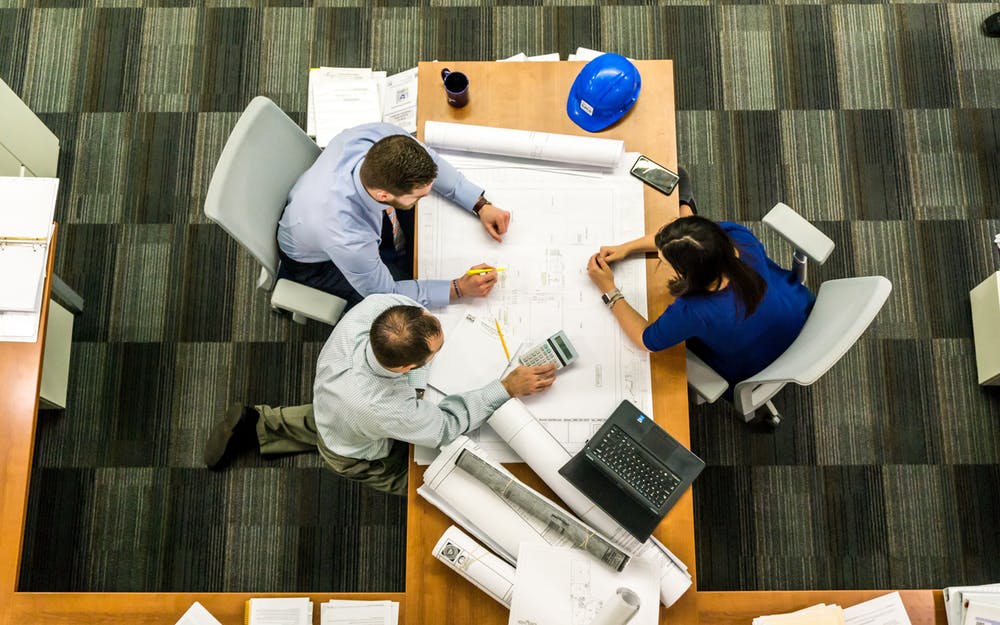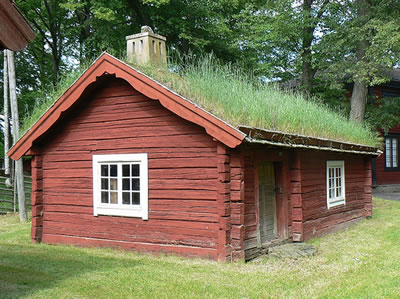Working on roofs is widely considered to be a high-risk activity because of the heights involved; this means not just construction workers but those who need to access roofs for professional reasons such as maintenance workers, designers or health and safety inspectors.
Unfortunately nearly one in four people who are killed due to falls from height at work were on a roof, highlighting the need for health and safety when installing industrial roofing products.
Installing roofing requires a careful approach and a robust understanding of the hazards which may be faced and the best way to deal with the task in hand. Below is a basic guide to the safety considerations which should always be taken into account when installing industrial roofing products.
Installing roofing
When it comes to the actual installation of roofing, it’s essential to ascertain the strength of the existing structure before attempting to carry out any work.
Unless a competent professional has confirmed the strength of the underlying structure, or you have information about it yourself and are able to make an informed judgement, the surface should be treated as fragile.
Surfaces which are made from chipboard (which can easily rot) as well as those made from metal sheeting (which can corrode either when used on its own or below a membrane roofing system) are particularly vulnerable and should always be approached with caution.
When trying to identify whether a roof is made from a fragile material not properly fit to bear a person’s weight, it’s important to remember that appearances can be deceptive. A surface can appear to be suitable to carry a distributed weight such as an individual walking normally but an intense pressure, such as in a trip or a stumble, could the roof to abruptly collapse.
Types of roofing
On an initial glance, a flat roof may appear to be the safest and easiest surface to work upon but this is not always the case.
Flat roofs are particularly easy to fall off if there is no guard erected, especially as the flat surface can lull workers into a false sense of security.
Where possible, erecting a guard around the edge will help to protect workers from possible falls and trips but for work of a short duration this may not be practical. In these cases, workers may prefer to use a harness to provide support whilst the installation is ongoing.
In pitched roofs, eaves and gutters should never be used as a means of support as they will rarely be strong enough to bear a person’s weight. Specialist roof ladders will nearly always be required at some point during the job, preferably together with edge protection.
Other hazards
Although remaining safe when working at heights is essential, falling is not the only danger that may be faced when installing industrial roofing products.
Laying large roofing sheets can be an arduous and difficult tasks that can place strain on the back and upper limbs especially. Manual handling is a major risk factor for developing upper limb and back disorders and can cause significant disability.
Although you might think it’s easier to simply pick up materials yourself, trying to restrict manual handling will protect you in both the long and short term.
Dangerous materials such as asbestos and lead can also pose a threat to the health of workers when they are either removing old roofing or attempting to install a new one. Much is known about asbestos but lead is just as dangerous. If ingested or inhaled, lead can cause both long term and short term problems so must be treated with caution.
Don’t be tempted to try and fit roofing, or remove existing materials, without protective equipment such as goggles, masks or gloves.
When installing new roofing glues and solvents may be required. These are likely to be particularly potent and need to be handled with extreme care because either breathing in the vapours or prolonged skin contact could cause irritation and very nasty side effects.
These effects may include dizziness and lack of co-ordination, potentially deadly side effects when working at height.
Brush application rather than spraying can often help to minimise the likelihood of breathing in fumes but wearing a properly fitted mask will also provide protection.
Conclusion
Installing roofing is a hazardous occupation and we haven’t discussed all of the possible pitfalls, such as infection from bird droppings or the problems in dealing with the weather. No matter how long you have been installing industrial roofs, taking your health and safety seriously could help ensure you aren’t one of the statistics who suffer a fall.
Image credits: Henrique Vicente and Fr antunes




